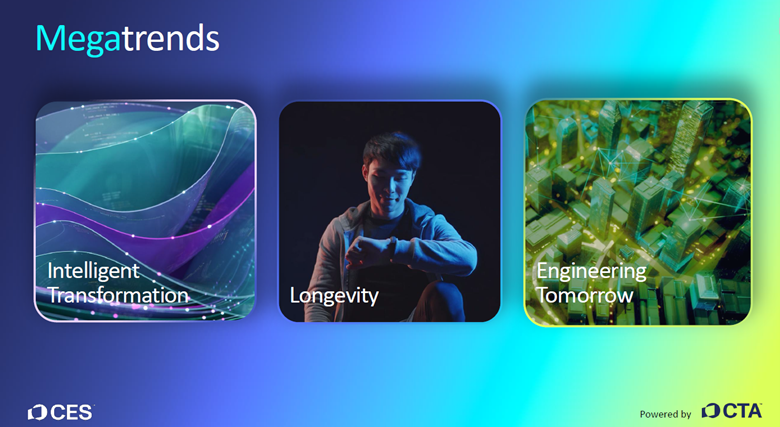Sakana AI recently released a paper detailing an end-to-end machine learning research pipeline that can go from "brainstorming" ideas to writing a paper. Developed in collaboration with the Foerster Lab for AI Research at the University of Oxford and Jeff Clune and Cong Lu at the University of British Columbia, the "AI Scientist" can generate ideas, write code, execute experiments, evaluate results and present its findings in a research paper manuscript.
Additionally, the paper describes how the research team developed an automated review process. The automated reviewer leverages GPT-4o to provide feedback and evaluate the research papers according to set criteria, including novelty, feasibility, and interestingness. The research paper includes a section where the research team presents and discusses a selection of highlighted generated manuscripts. Interestingly, in every sampled generated manuscript, the idea giving rise to the research is rated highly by the automated evaluation process. However, the generated manuscripts papers were ultimately rejected by the reviewer.
The paper-writing process is impressive, especially factoring in that according to the research team behind the AI Scientist, each paper costs approximately $15. It is undeniable that the AI Scientist shows some promise, and can positively impact the scientific research process. With this in mind, its cost-effectiveness only compounds the AI Scientist's potential to democratize research and accelerate progress.
But, whatever the initial impression of the AI Scientist one may have, the system is not without limitations. The research team mentions issues directly related to the quality of the research and papers, such as occasional errors in result interpretation and visual issues in papers and ethical considerations related to potential misuse and the need for transparency in AI-generated research. Regardless, there seems to be a tiny bit of overselling going on, with there being only passing acknowledgments of the fact that there was no human in the loop at any stage of the process and that several claims, such as that the reviewer achieves near human accuracy appear somewhat unsubstantiated.
This is partially offset by some rather vague conclusions and disclaimers, such as not taking the content produced by the AI Scientist at face value, that the research team does not see its system replacing human researchers but rather complementing them, and that the system is expected to fare better as the foundational models powering it improve. The more concrete directions for future work mentioned include addressing reliability and hallucination concerns, providing the system with internet access to enable it to expand the scope of its experiments, and incorporating vision-capable models to improve how the system handles figures.





Comments